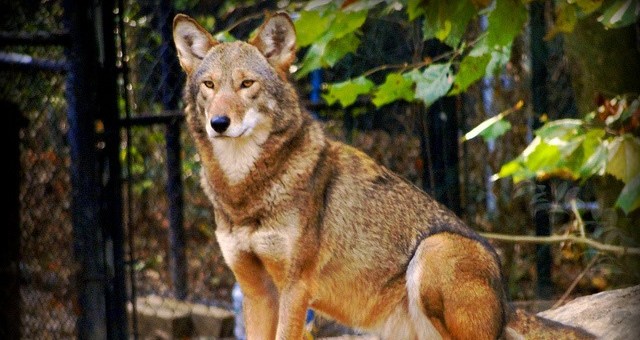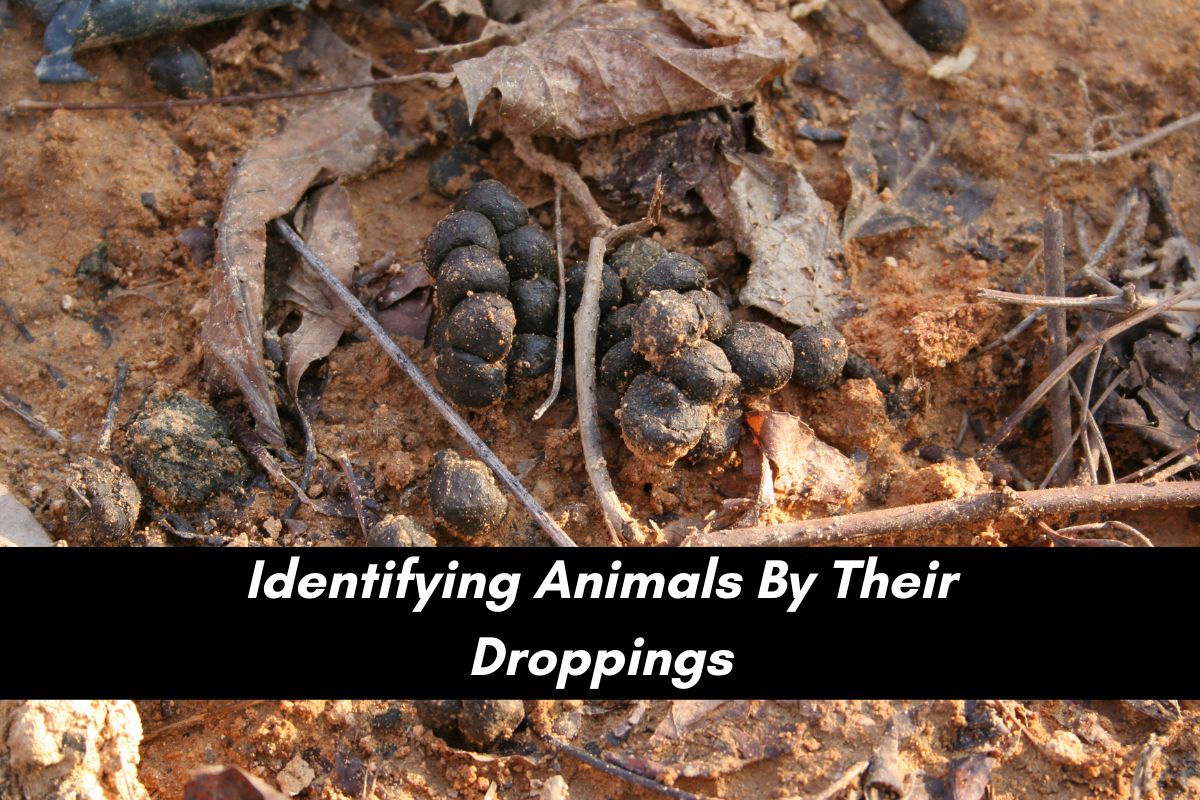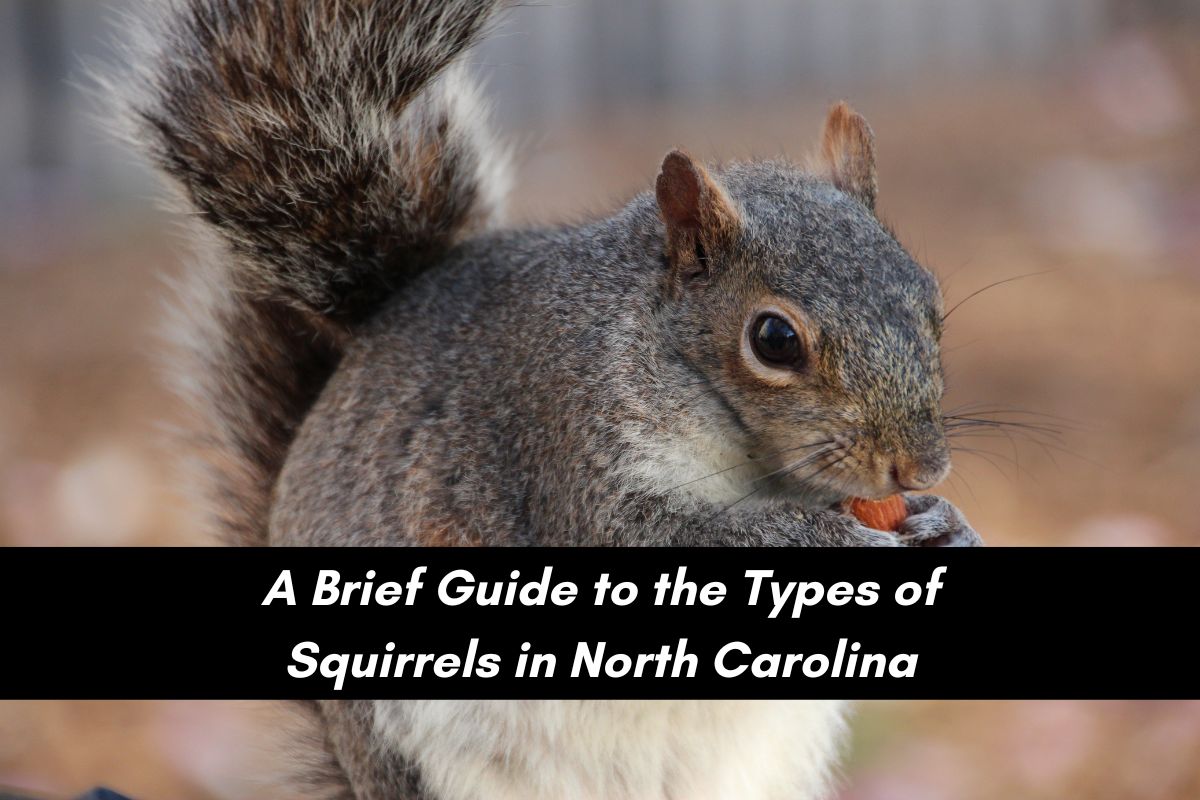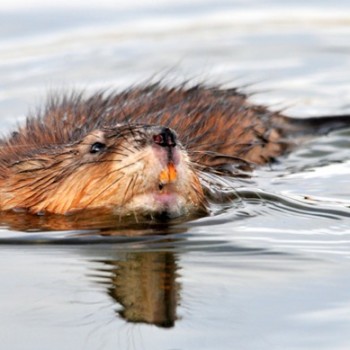
Red Wolves in Raleigh?
- Posted by AdminBW
- On May 16, 2016
- 0 Comments
For residents of Raleigh, they’re usually only accustomed to hearing of red wolves from the red of the North Carolina State Wolfpack. From time to time though, a rumor of someone seeing a red wolf makes its way around town. Could these wolves, reintroduced in the 1980’s and closely monitored in the coastal counties of North Carolina, travel this far west?
Well, that depends whom you ask. Some “red wolf skeptics” would tell you that there really is no clear difference between a coyote, a red wolf, and their “coywolf” hybrids in the first place. Often, packs of canines include all three and experts have a difficult time deciphering where one species begins and the other ends. Red wolves are very close cousins of the eastern coyote and descended from a recent common ancestor. They are not nearly as large as the gray wolves of the western US and despite being called “red” wolves, they usually have a similar brown and/or gray coat to coyotes. Red wolves have a similar howl to coyotes which is sometimes slightly deeper in tone. This smaller size and similar sound and coloring makes visual and auditory distinction difficult. Are red wolves just a slightly larger subset of coyotes?
The conservationists will tell you that there are clear differences between the species, but hybridization is making them more difficult to identify. Initially this was not a problem when the US Fish and Wildlife Service introduced the first red wolves to North Carolina in 1987 (which they have since halted), but coyote populations have since moved east and overlapped with the red wolf reintroduction areas. The resulting mix of coyotes, red wolves, and coywolves is a web that even the experts from the Fish and Wildlife Service are having a hard time figuring out.
Many landowners have protested the reintroduction because the wolves often are not easily contained to federal land and are killing livestock and game on private land. Some anti-wolf locals willfully ignore laws against hunting the endangered species and eliminate any they find. You may have heard on the news this week of a $2,500 reward being given to find the person who killed one such wolf. In fact, whether it’s from being hunted or possibly mixing in with their coyote cousins, the red wolf program has lost half its population in the last two years. They had around 100 wolves being monitored in eastern North Carolina, and now that number has plummeted to maybe 50.
Both coyotes and red wolves, as well as their hybrid offspring, are nocturnal and will hunt alone or in packs. They tend to sleep in the open on the ground, but will find a den when they have offspring. If you see a wild canine in Raleigh, it is very unlikely to be a red wolf, but it may look and act a lot like one. Coyotes are fairly common in the area but the pure red wolves are almost certainly confined to the coast. There is a chance it could be one of the coywolf hybrids that have been the result of the 30 year red wolf program, but even those aren’t likely to have made it quite this far west.
Regardless, if a canine fitting this description is making itself a nuisance around your home, you may want to contact a trusted local animal control company to take a look. Coyotes and coywolves have been known to attack and kill pets, even large dogs. Attacks on humans are very rare, but not unheard of.











